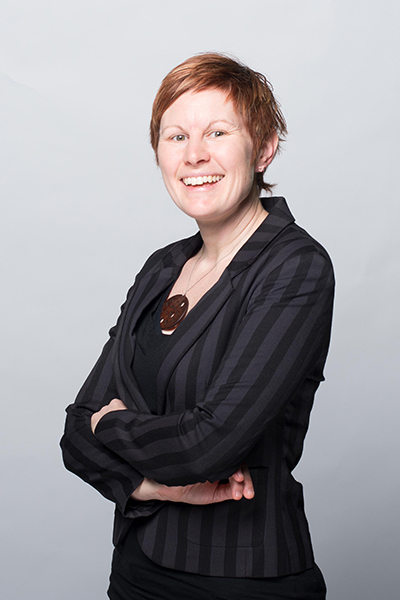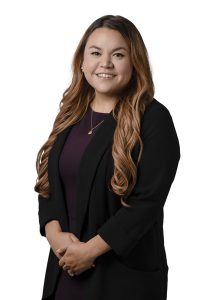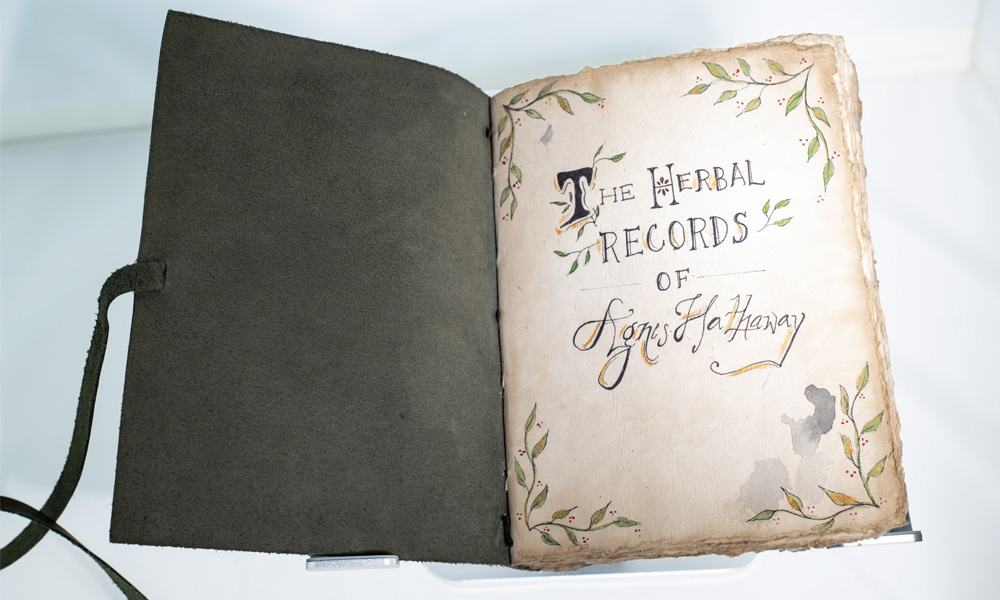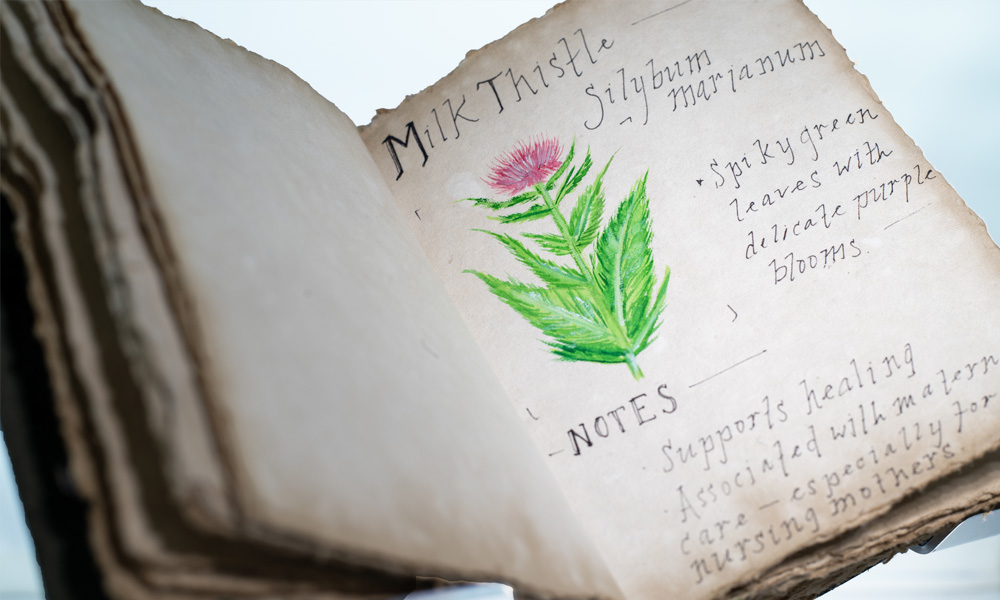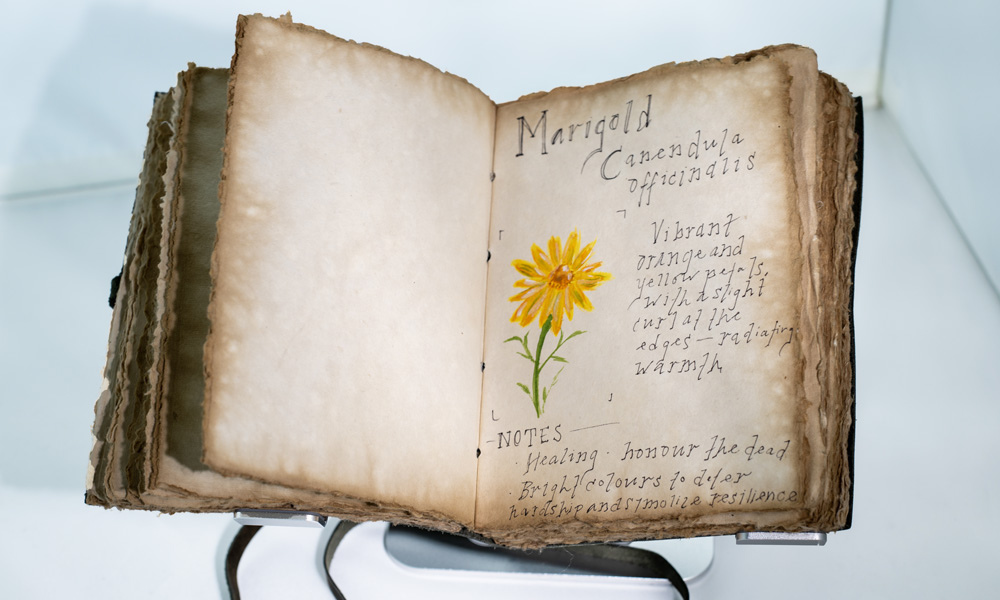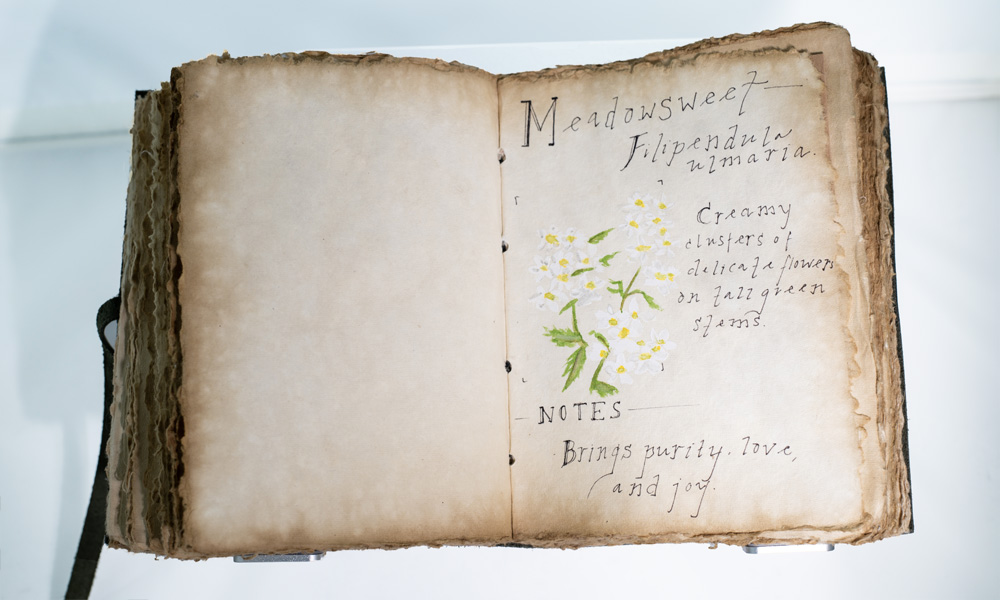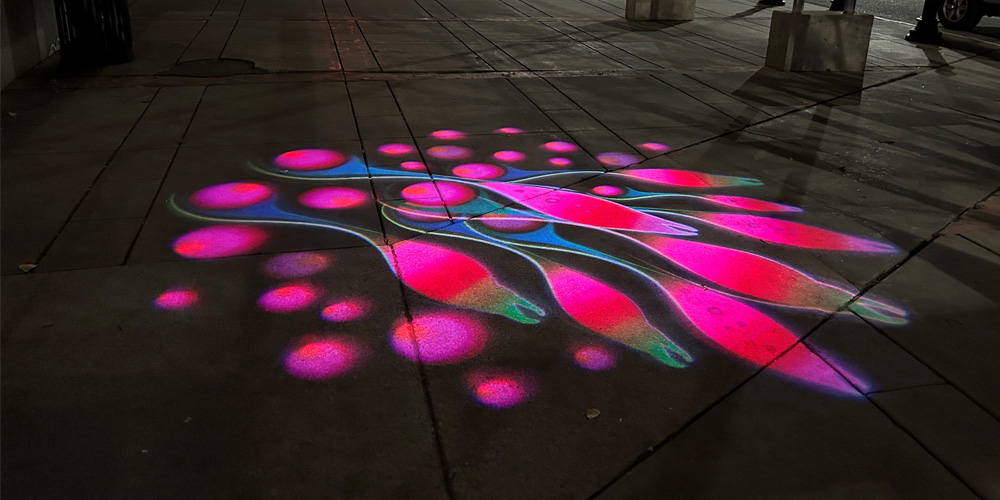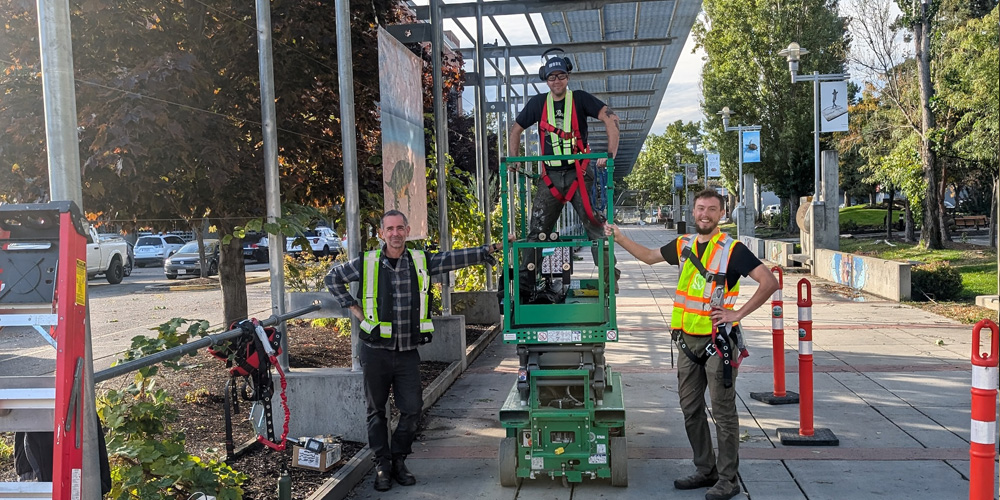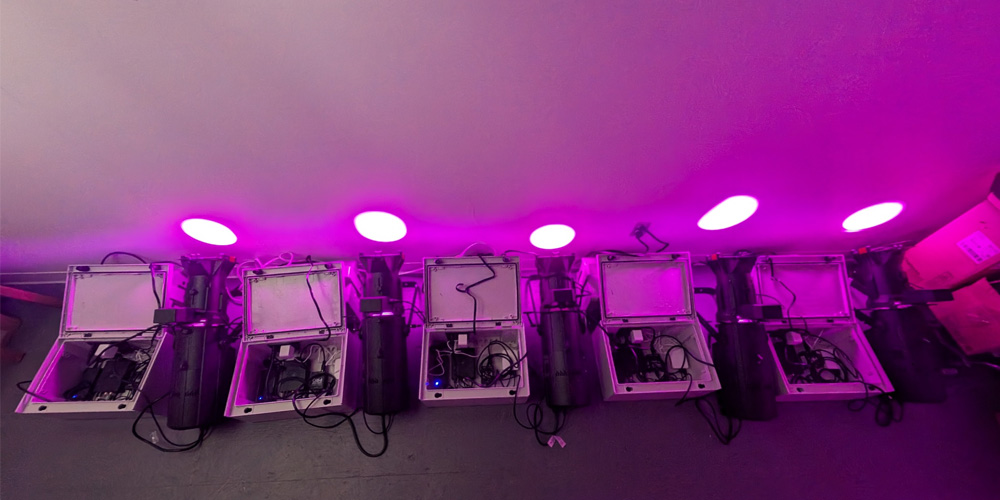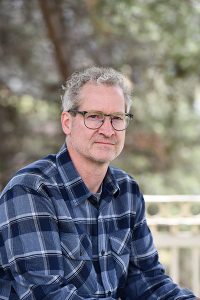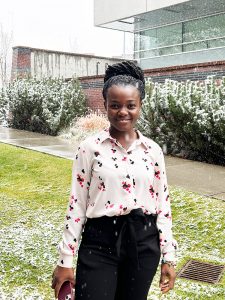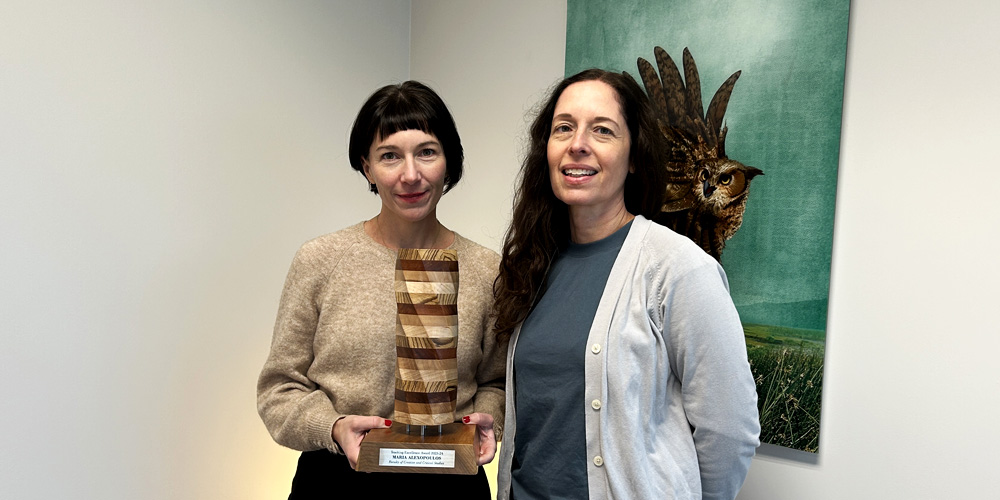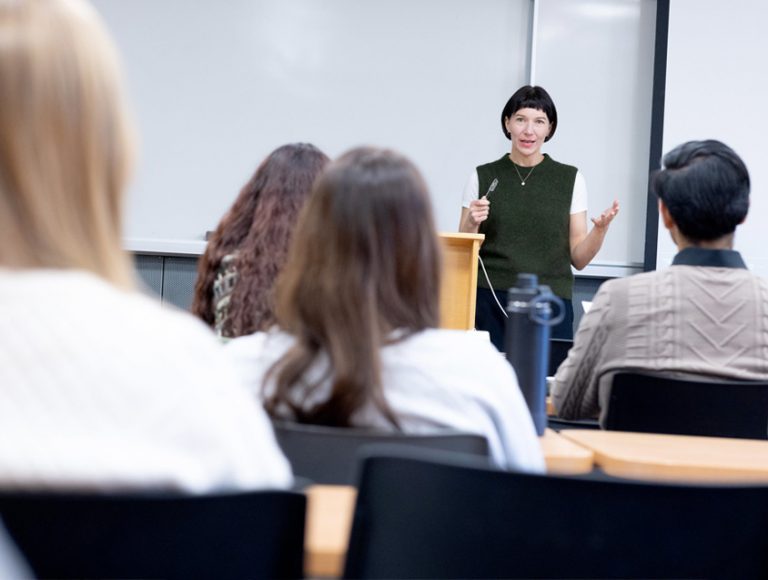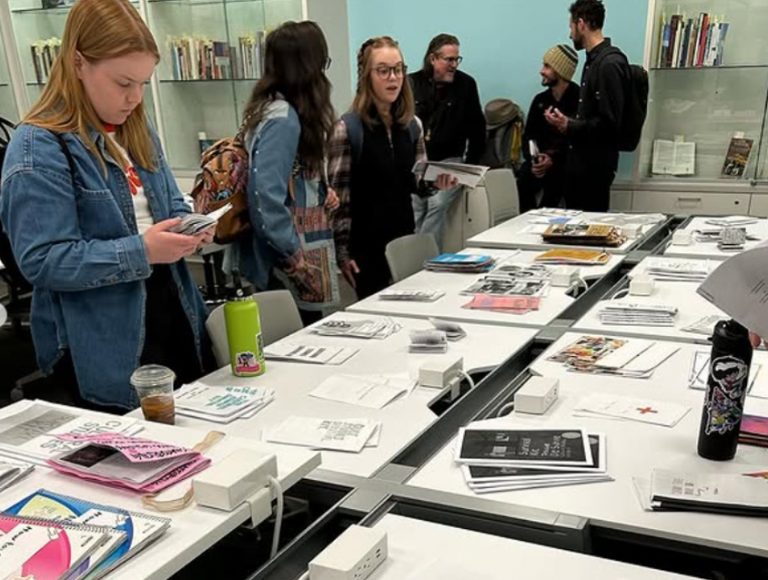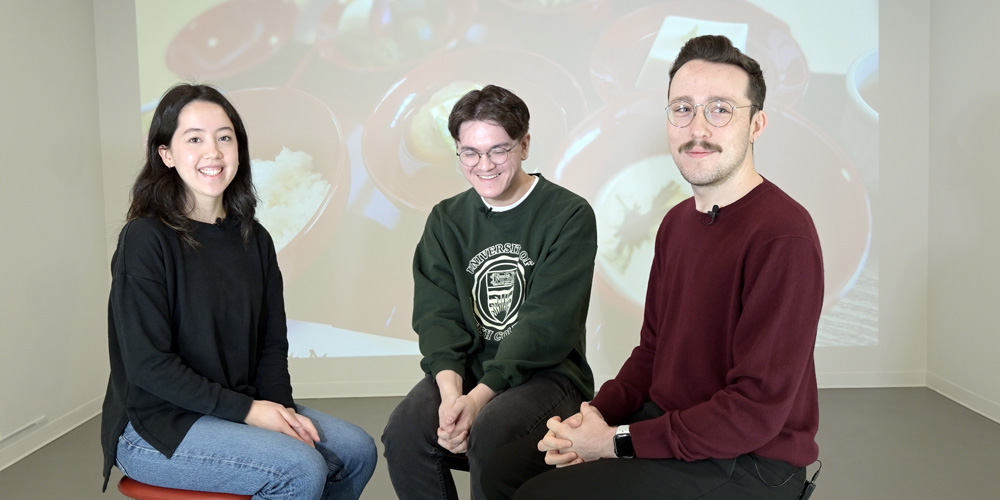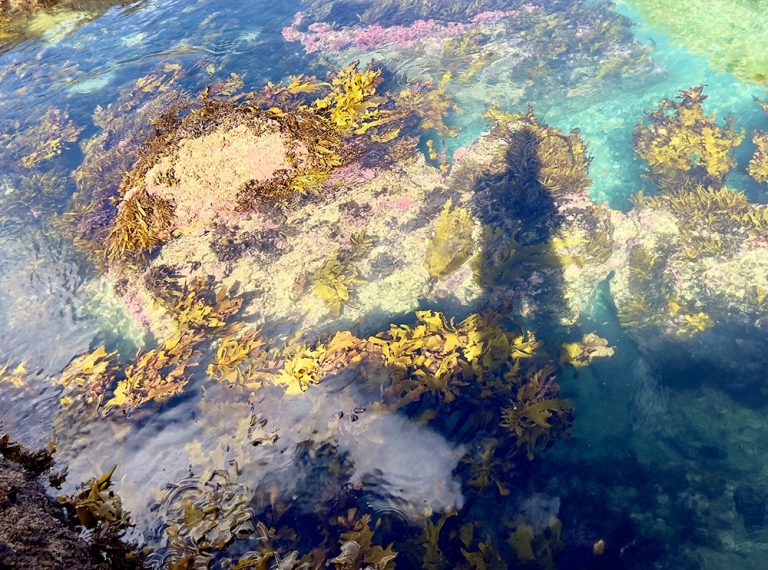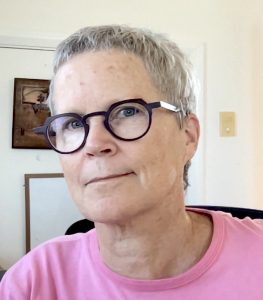McKenna King started her bachelor of arts degree in 2020, and quickly decided to do a double major in French and English. “Since I graduated high school with a Double Dogwood diploma from French immersion, I wanted to keep up both languages at the same level,” she says.
In doing a double major, King says that she found it interesting to see how her French and English studies connected. “I love literary theory, especially feminist and gender theory, and I was able to apply those ideas to my French courses.”
She notes that it was really interesting to see how historical and cultural ideas influenced literature in both languages, and being able to analyze texts from multiple perspectives made her writing and critical thinking so much stronger.
“Sometimes I would even switch between languages without realizing it while writing!” she jokes.
Majoring in French meant jumping straight into third-year classes because of her proficiency. “While I still had to take some grammar courses, my favorite part was definitely the literature classes.”
King says that one of her favourite French courses was a 17th-century fairy tale course with Dr. Marianne Legault, where students read both familiar and lesser-known fairy tales in their original form.
“It was amazing to see how these stories evolved over time and to dive into discussions about how fairy tales, often dismissed because they were considered a ‘female space,’ actually hold huge literary value,” she adds.
In the second year of her studies, she was encouraged to apply for the English Honors program. King took an English class on critical theory with Dr. Melissa Jacques, and says she fell completely in love with critical theory.
“That class changed everything for me, and I asked Dr. Jacques to be my thesis supervisor, which ended up being a mix of memoir and critical analysis, which was a bit different from the usual English Honors format,” she explains.
For the thesis, she wrote about her great-grandfather’s World War II journal and her dad’s sketchbook, analyzing how they act as physical representations of relationships in her family, mapping how they connected different family members over time. The thesis included excerpts from the journal, photocopies of the original documents, and even letters from the war.
King says that one of the best things about UBCO is its small, tight-knit community. “For me, this meant I got to form great relationships with both my professors and classmates. Having that kind of support made a huge difference in my academic experience.”
Originally, King wanted to be a high school teacher like her mom, but her time at UBCO changed her mind. Now, she wants to go to grad school and eventually teach at the post-secondary level.
“I hope to get into an interdisciplinary English MA program that lets me think and write in the creative, analytical way I enjoy. I also want to continue researching literature and theory while keeping French as part of my academic work.”
When asked if she could give her first-year self any advice, she says it would be to trust herself more. “I was super shy coming out of high school and didn’t speak up in class much, even when I had something to say.”
She says that it wasn’t until her second year that she started putting her hand up in class and realizing that her ideas were actually worth sharing. Discussion is a huge part of learning, and even if you don’t have the perfect answer, what you say can spark new ideas and keep the conversation going.
“Nobody is expecting you to be an expert—everyone is here to learn. I wish I had been more comfortable with not knowing everything right away because that’s where real learning happens.”
University is about challenging yourself, growing, and stepping out of your comfort zone.
“Looking back, I’m really grateful for the experiences and relationships I built at UBCO, and I wouldn’t change a thing.”
